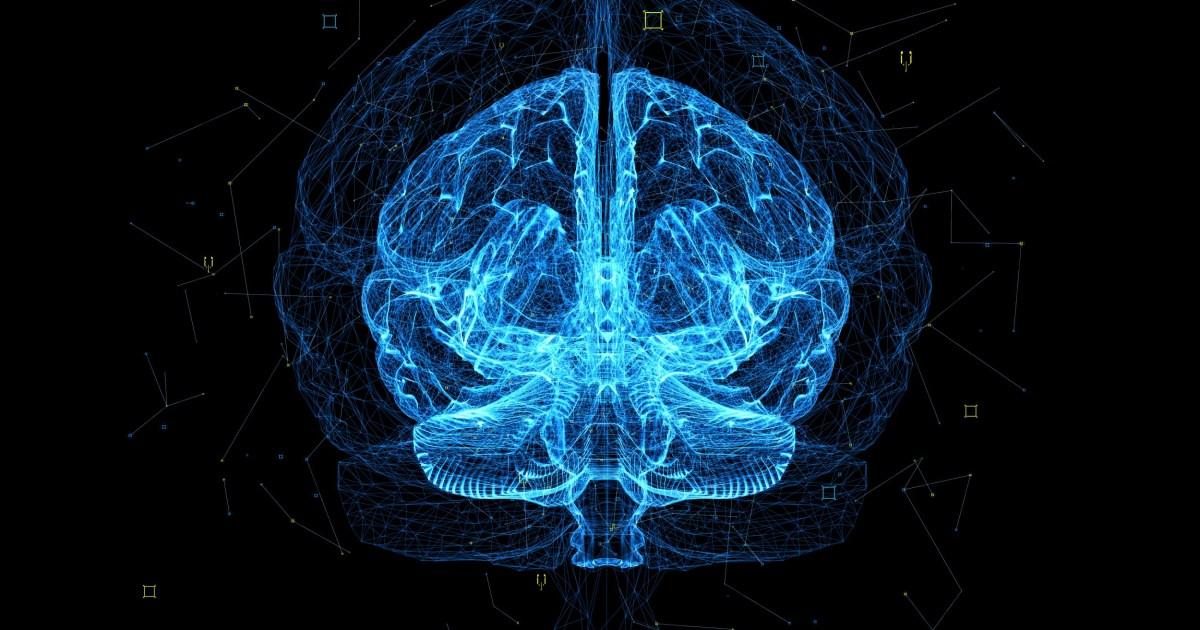Known as a “dobby border,” the woven strip of a towel is not just decorative — it also has useful functions, according to textile manufacturers.
Related Posts

English Singer Sam Smith Came Out as ‘Self-Partnered’?
The claim about Smith announcing they are “self-partnered” originated from a self-described satirical Facebook account.
The claim about Smith announcing they are “self-partnered” originated from a self-described satirical Facebook account.

Former CIA agent claims there was life on Mars and he saw ‘bones’ on the surface
Joe McMoneagle claims he saw ‘bones’ on the surface of Mars (Picture: YouTube/Jesse Michels) A man who claims to be a former CIA agent says he has seen evidence of life on Mars. Joe McMoneagle calls himself a ‘remote viewer’, which he claims means he can perceive information about distant objects or events using the power of his mind. A retired US Army Chief Warrant Officer, he claims he and other so-called remote viewers took part in experiments carried out by US Army Intelligence and the Stanford Research Institute. He was one of the first people recruited for the Stargate Project, which ran between 1978 and 1995 – leading to him being known as ‘Remote Viewer Number 1’. The project was cancelled and declassified in 1995 after a CIA report concluded ‘no discernible benefit had been established’. But Joe appeared on the American Alchemy podcast last week and made some wild claims about what he apparently saw on Mars, during an experiment on May 22, 1984. Joe thinks there was some kind of extinction event on Mars, leaving bones on the planet’s surface (Picture: YouTube/Jesse Michels) He says instructors handed him a white card with coordinates and ‘Mars 1,000,000 BC’ written on it – and he saw a giant pyramid, bigger than the Great Pyramid of Giza in Egypt, with ‘monster rooms inside’. Joe told the podcast: ‘I started getting an image of human beings that were trapped in a place where the atmosphere was turning bad. ‘It [was] obvious these people were dying for some reason, but they were humans. They were just twice our size.’ He believed the ‘very tall, thin’ people wearing ‘strange clothing’ were hiding inside the pyramids for shelter from a violent storm sweeping across Mars. Joe described the chambers as: ‘Different chambers… but they’re almost stripped of any kind of… furnishing or anything. It’s like ah… strictly functional, a place for sleeping—or that’s not a good word—hibernation, some form.’
Joe McMoneagle claims he saw ‘bones’ on the surface of Mars (Picture: YouTube/Jesse Michels) A man who claims to be a former CIA agent says he has seen evidence of life on Mars. Joe McMoneagle calls himself a ‘remote viewer’, which he claims means he can perceive information about distant objects or events using the power of his mind. A retired US Army Chief Warrant Officer, he claims he and other so-called remote viewers took part in experiments carried out by US Army Intelligence and the Stanford Research Institute. He was one of the first people recruited for the Stargate Project, which ran between 1978 and 1995 – leading to him being known as ‘Remote Viewer Number 1’. The project was cancelled and declassified in 1995 after a CIA report concluded ‘no discernible benefit had been established’. But Joe appeared on the American Alchemy podcast last week and made some wild claims about what he apparently saw on Mars, during an experiment on May 22, 1984. Joe thinks there was some kind of extinction event on Mars, leaving bones on the planet’s surface (Picture: YouTube/Jesse Michels) He says instructors handed him a white card with coordinates and ‘Mars 1,000,000 BC’ written on it – and he saw a giant pyramid, bigger than the Great Pyramid of Giza in Egypt, with ‘monster rooms inside’. Joe told the podcast: ‘I started getting an image of human beings that were trapped in a place where the atmosphere was turning bad. ‘It [was] obvious these people were dying for some reason, but they were humans. They were just twice our size.’ He believed the ‘very tall, thin’ people wearing ‘strange clothing’ were hiding inside the pyramids for shelter from a violent storm sweeping across Mars. Joe described the chambers as: ‘Different chambers… but they’re almost stripped of any kind of… furnishing or anything. It’s like ah… strictly functional, a place for sleeping—or that’s not a good word—hibernation, some form.’

The human brain processes thoughts 5,000,000 times slower than the average internet connection
The brain may not be as powerful as previously thought, according to the research (Picture: Getty Images) People think many millions of times slower than the average internet connection, scientists have found. The body’s sensory systems, including the eyes, ears, skin, and nose, gather data about our environments at a rate of a billion bits per second. But the brain processes these signals at only about 10 bits per second, millions of times slower than the inputs, according to author Markus Meister. A bit is the unit of information in computing. A typical Wi-Fi connection processes about 50 million bits per second. Despite the brain having over 85 billion neurons, researchers found that humans think at around 10 bits per second – a number they called ‘extremely low’. Writing in the scientific journal Neuron, research co-author Markus Meister said: ‘Every moment, we are extracting just 10 bits from the trillion that our senses are taking in and using those 10 to perceive the world around us and make decisions. ‘This raises a paradox: What is the brain doing to filter all this information?’ Individual nerve cells in the brain are capable of transmitting over 10 bits per second. Scientists believe that eventually, computers will be able to do everything a human can However, the new findings suggest they don’t help process thoughts at such high speeds. This makes humans relatively slow thinkers, who are unable to process many thoughts in parallel, the research suggests. This prevents scenarios like a chess player being able to envision a set of future moves and only lets people explore one possible sequence at a time rather than several at once. The discovery of this ‘speed limit’ paradox in the brain warrants further neuroscience research, scientists say. They speculated that this speed limit likely emerged in the first animals with a nervous system. Follow Metro on WhatsApp to be the first to get all the latest news Follow us to receive the latest
The brain may not be as powerful as previously thought, according to the research (Picture: Getty Images) People think many millions of times slower than the average internet connection, scientists have found. The body’s sensory systems, including the eyes, ears, skin, and nose, gather data about our environments at a rate of a billion bits per second. But the brain processes these signals at only about 10 bits per second, millions of times slower than the inputs, according to author Markus Meister. A bit is the unit of information in computing. A typical Wi-Fi connection processes about 50 million bits per second. Despite the brain having over 85 billion neurons, researchers found that humans think at around 10 bits per second – a number they called ‘extremely low’. Writing in the scientific journal Neuron, research co-author Markus Meister said: ‘Every moment, we are extracting just 10 bits from the trillion that our senses are taking in and using those 10 to perceive the world around us and make decisions. ‘This raises a paradox: What is the brain doing to filter all this information?’ Individual nerve cells in the brain are capable of transmitting over 10 bits per second. Scientists believe that eventually, computers will be able to do everything a human can However, the new findings suggest they don’t help process thoughts at such high speeds. This makes humans relatively slow thinkers, who are unable to process many thoughts in parallel, the research suggests. This prevents scenarios like a chess player being able to envision a set of future moves and only lets people explore one possible sequence at a time rather than several at once. The discovery of this ‘speed limit’ paradox in the brain warrants further neuroscience research, scientists say. They speculated that this speed limit likely emerged in the first animals with a nervous system. Follow Metro on WhatsApp to be the first to get all the latest news Follow us to receive the latest
